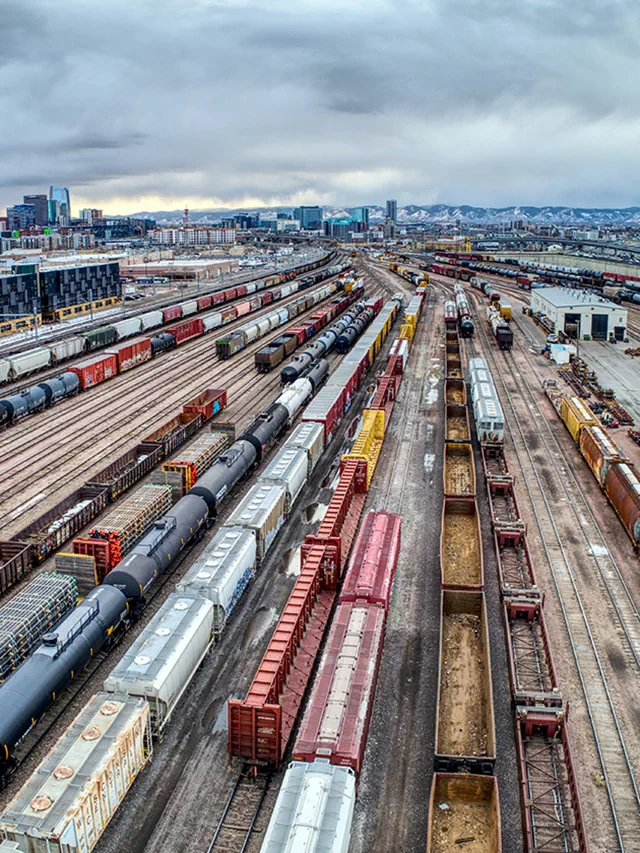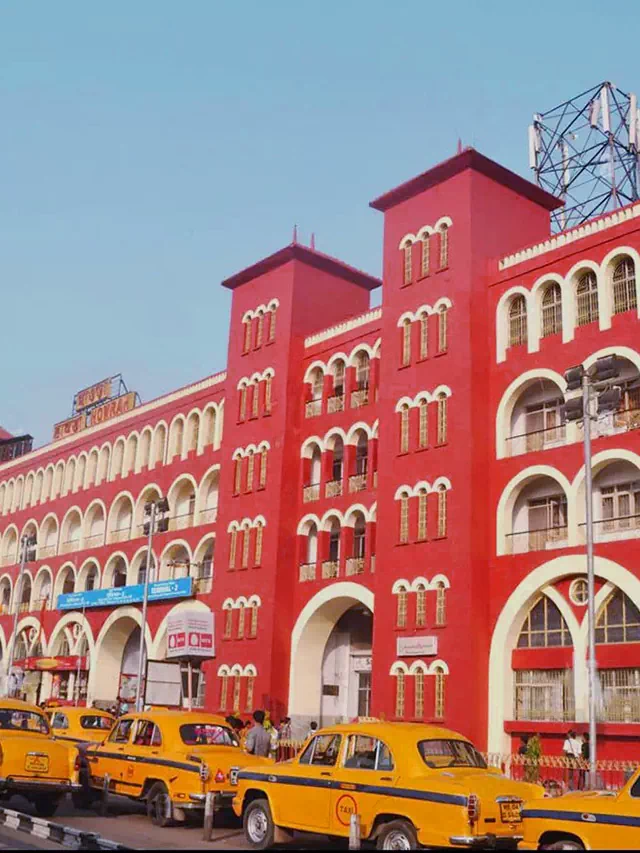The Indian Railways is the largest rail network in Asia and one of the largest in the world, with over 67,000 kilometers of track length and over 12,000 trains operating daily. It was established in 1853 and is owned by the government of India. The Indian Railways transports over 8 billion passengers and over 1 billion tons of freight annually, making it a crucial part of the country’s transportation infrastructure.
The network is divided into 17 zones, each with its own headquarters and administration. The Indian Railways has a mix of long-distance and suburban trains, with a wide range of services offered, including express trains, passenger trains, and luxury trains. In recent years, the Indian Railways has undertaken a number of modernisation efforts, including the introduction of high-speed trains, the installation of automatic signaling systems, and the upgrade of rolling stock.
In addition to its transportation services, the Indian Railways also provides employment to over 1.3 million people and contributes significantly to the country’s economy. Despite its size and importance, the Indian Railways has faced various challenges in recent years, including issues with safety, efficiency, and finances. Nevertheless, it remains a vital part of India’s infrastructure and continues to play a critical role in the country’s economic and social development.
The Indian Railways is known for its diversity, with trains serving a wide range of destinations and connecting people from different regions and communities. It operates in a challenging environment, with a varied and complex geography, including mountain ranges, deserts, and dense forests. To accommodate this, the Indian Railways has developed an extensive network of bridges, tunnels, and viaducts, making it one of the most extensive and impressive rail networks in the world.
In recent years, the Indian Railways has been working on improving its services and infrastructure to meet the growing demands of the country’s rapidly expanding population. This has involved a number of initiatives, including the upgrade of existing rail lines, the construction of new lines, and the introduction of new technologies. For example, the Indian Railways has introduced a number of high-speed trains, such as the Gatimaan Express and the Vande Bharat Express, to provide faster and more efficient services to passengers.
The Indian Railways also has a rich history, with a number of heritage sites and museums, including the National Rail Museum in Delhi and the Chhatrapati Shivaji Terminus in Mumbai, which is a UNESCO World Heritage Site. These sites offer visitors a glimpse into the history of the Indian Railways and its role in the country’s development.
Overall, the Indian Railways is a crucial part of India’s transportation infrastructure and plays a vital role in the country’s economic and social development. Despite its challenges, the Indian Railways continues to evolve and improve, ensuring that it remains an essential part of India’s future.
The Indian Railways has also been working towards making its services more accessible and inclusive for people with disabilities and special needs. It has introduced several measures, such as the installation of wheelchair ramps, the provision of braille signage, and the deployment of specially trained staff to assist passengers.
In recent years, the Indian Railways has also made significant investments in the development of its online presence and digital services. This has included the launch of the IRCTC (Indian Railway Catering and Tourism Corporation) website, which allows passengers to book tickets, check train schedules, and access a range of other services online. Additionally, the Indian Railways has introduced a number of mobile apps that provide passengers with information and services at their fingertips.
The Indian Railways also has a strong focus on sustainability and has taken a number of steps to reduce its carbon footprint and promote sustainable practices. This has included the installation of solar panels at various railway stations and the deployment of eco-friendly trains, such as the Diesel Electric Multiple Unit (DEMU) trains that run on biodiesel.
In conclusion, the Indian Railways is a vast and complex system that plays a critical role in the lives of millions of people in India. From its rich history and heritage, to its modern and innovative services, the Indian Railways continues to evolve and improve, ensuring that it remains a vital part of India’s transportation infrastructure for generations to come.


